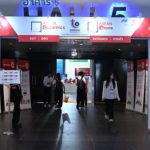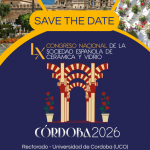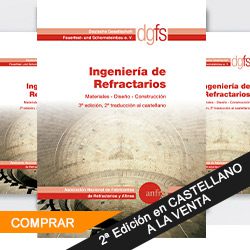The ban on the use of dynamite in China is severely restricting the output of magnesia and other minerals, and the lack of clarity over when the restrictions may be lifted is spreading uncertainty in the market.
Uncertainty surrounding the ban on the use of dynamite in China is one of the main factors affecting the output of source material ores this year, delegates heard at the MagMin 2017 conference in Dalian, China, last week.
The use of dynamite in China is restricted not just for magnesia, but for other minerals and industries as well.
Rumours had been circulating in the market that the ban would be lifted in June, but it currently remains in place.
«We heard that the dynamite release [of the ban] may happen in October after the election ends,» a market source told IM.
This was echoed by other sources, but no one was sure about it, and the government has not provided clarity on the matter.
«If [the] dynamite problem continues then what the government promised at the seminar about the [magnesia] supply shortage [not lasting long], may not happen, because without dynamite, source material of magnesite won’t be enough,» Weishun Sun, Engineer, Mineral Product Research Department, Anshan Industrial Institute, said.
«Magnesia and refractory production will soon stop once again, though they just restarted production recently after the environmental inspection team was gone,» he added.
Drilling for magnesite
«You can’t imagine what we are doing without dynamite when mining magnesite,» one producer in Haicheng said.
«We use an electric drill, either manually or with a machine. Either way it is far slower than dynamite. It can’t last long, and it is not a solution at all.»
«Yes, we can produce, but without dynamite the output will be much smaller,» the producer added. During a field trip to Dashiqiao, delegates heard that the dynamite ban had just been lifted there in mid-July. One worker at Yonghong Magnesite Mine said they can now use dynamite but he was not sure about the situation in Haicheng.
«Comparing with Haicheng’s big magnesite mine with 1-1.5m tpa, here our capacity is only around 150,000 tpa, and this is already the biggest in Dashiqiao. It is clearly not enough for local producers to use,» he said. «Usually mining companies have an inventory of about 200,000-500,000 tonnes of magnesite so buyers can still get some.
But it cannot continue if dynamit.








